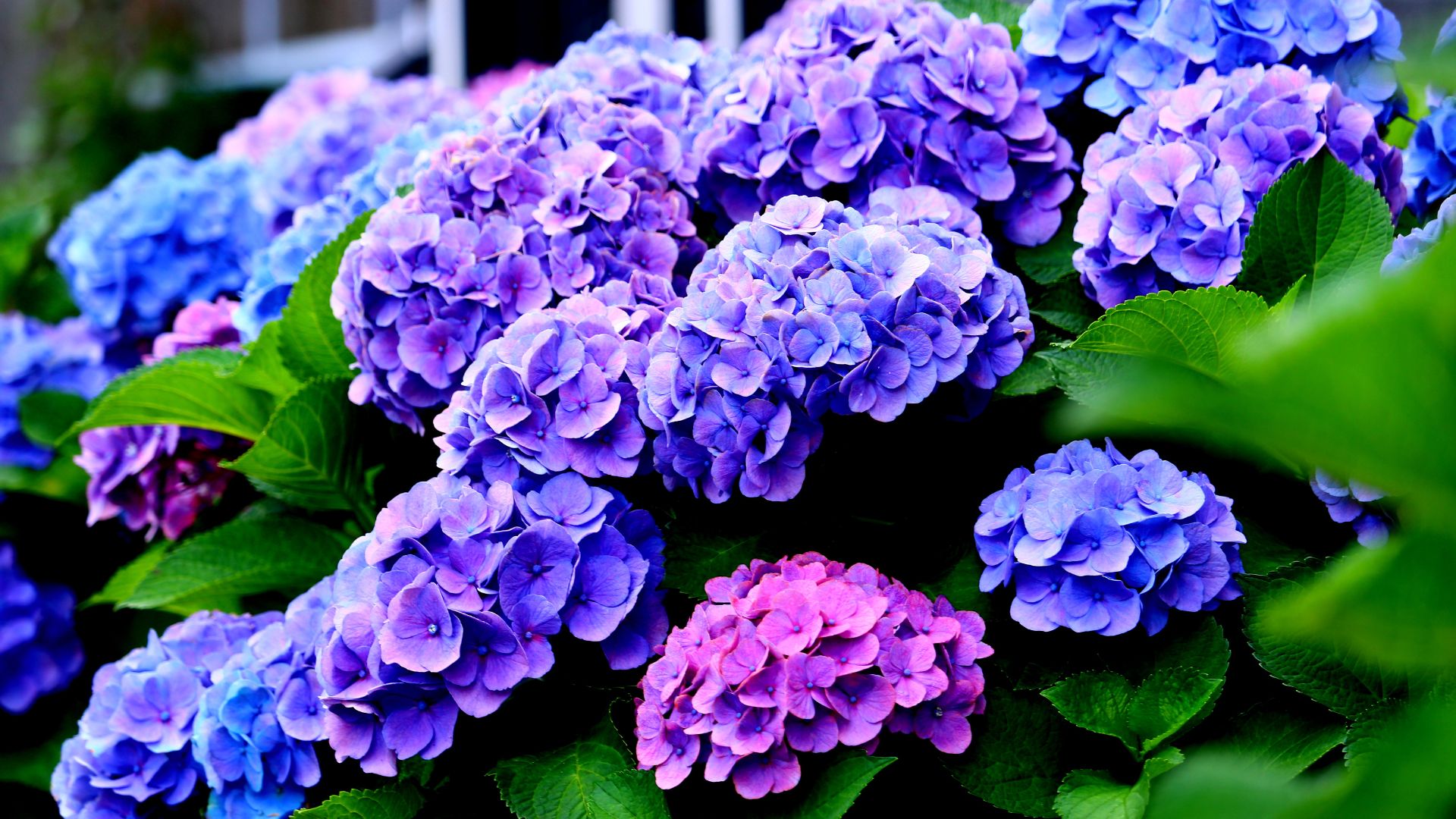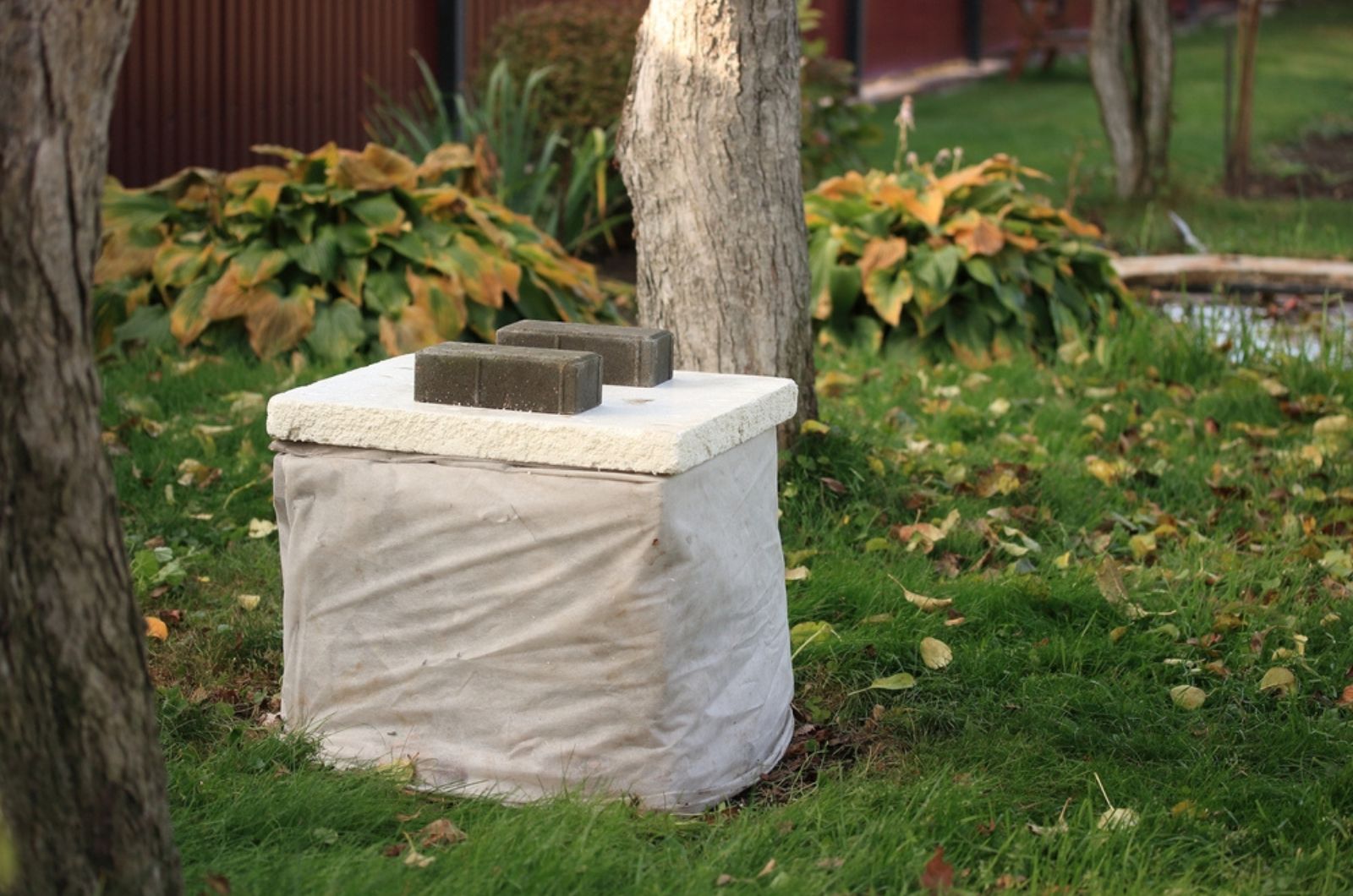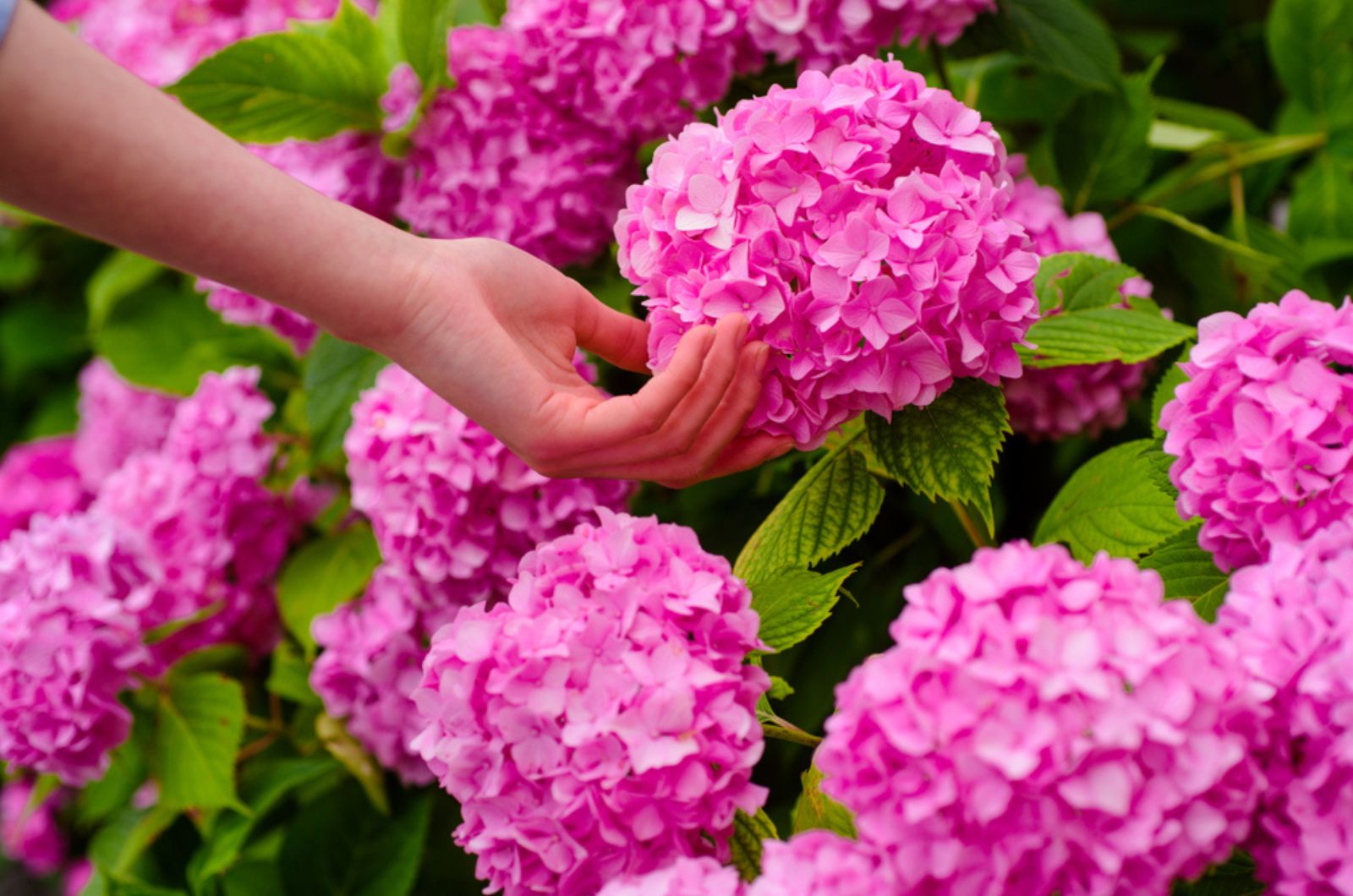I’m absolutely thrilled for my garden to burst into full bloom this season!
I bet we’re all eagerly waiting that colorful SPECTACLE in our gardens – personally, I can’t wait to watch my blooms flourish! But, let’s not forget about those sneaky spring frosts that can catch us off guard.
These chilly temperatures can be a bit troubling for our precious flowers, halting their growth and flower production. And trust me, that’s the last thing we want!
While some flowers are tough enough to withstand the cold, others are more delicate and prone to damage. So, where do hydrangeas fit into the equation?
This Will Help You Make The Final Decision!
Deciding whether to shield your hydrangeas from spring frost is a bit like solving a puzzle – there are several pieces to consider, including how chilly the frost is predicted to be, what your hydrangea growth stage is, and which hydrangea type you’re growing.
So, let’s break it down together!
First up, let’s talk about the frost forecast. If it’s going to be seriously chilly, especially when your hydrangeas are starting to bloom, it’s smart to play it safe and give them a little extra care.
Next, think about your hydrangea variety because some types can handle the cold better than others. For example, panicle hydrangeas are often tougher in frosty conditions compared to mophead hydrangeas.
Finally, consider where your hydrangeas are in their growth cycle. If they’re still snoozing or haven’t started budding yet, they’re less likely to be bothered by frost.
But if they’re already budding or blooming, they’re more delicate and might appreciate some protection.
Related: Hydrangea Full Grow Guide (All You Need To Know)
Frost Cloth And Burlap Rolls To The Rescue
So, as soon as the temperatures drop in your area, consider covering up your hydrangeas with: • Frost cloth OR
• Burlap rolls (whatever is easier for you to find)
But stay away from plastic materials as they can trap moisture and do more harm than good!
My hydrangeas thrive in southern Texas, where spring frost isn’t a concern. However, when I lived in Florida, I used a frost cloth and constructed a simple frame around my hydrangeas to prevent the cover from weighing down their delicate branches.
Here’s what I usually do to create the frame:
• First, I measure the height of my hydrangeas
• Then, I cut four stakes of wood or branches that are 18 inches longer
• After that, I use a rubber mallet to gently drive the stakes into the ground
• And then, I put stakes around 12 inches deep with 6 inches sticking out above the flower bushes
When covering hydrangeas, I always make sure to:
• Do it in the evening before the frost sets in
• Take off the covering in the daytime when temperatures go above freezing (this will make sure that the plants get enough sunlight and air during the day)
• Add organic mulch around their bases to help control soil and protect roots from frost harm
I personally think everyone should cover their hydrangeas in the spring, just in case there are some sudden temperature drops!
Even though I now live in a warmer climate, I found myself thinking whether I should cover them or not. It’s always better to be safe than sorry when it comes to protecting our cherished plants, don’t you agree?
Also read: 3 Important Fall Hydrangea Jobs & 2 Things You Shouldn’t Do



